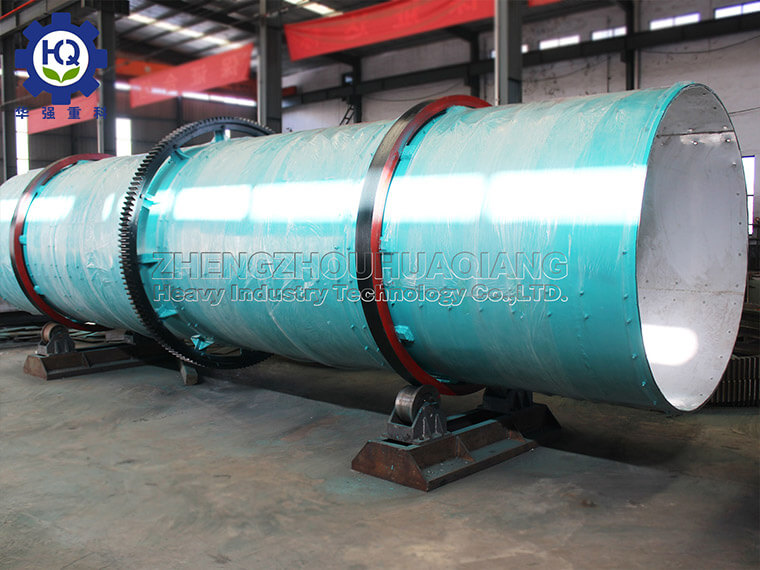The price of equipment for fermenting pig manure and straw into organic fertilizer
The price of supporting equipment for fermenting pig manure and straw into organic fertilizer needs to be comprehensively considered from multiple factors, including the brand, scale, and production capacity of the production equipment. Generally speaking, the more well-known the brand of organic fertilizer equipment, the more reliable the quality, and the higher the price. Meanwhile, the scale and production capacity of the entire set of organic fertilizer equipment will also affect its price. The larger the scale and production capacity of equipment of the same brand, the higher the price.
In the domestic market, there is a significant price difference in the complete set of equipment for fermenting pig manure and straw into organic fertilizer, ranging from 100000 to 3 million yuan. Among them, organic fertilizer equipment priced under 100000 yuan is mainly small and suitable for small-scale farmers to use. If used in large farms or agricultural enterprises, it is necessary to choose organic fertilizer equipment with larger scale and higher production capacity, and the price is correspondingly higher, usually above 1 million yuan..jpg)
The price of supporting equipment for fermenting pig manure and straw into organic fertilizer is not only related to factors such as brand, scale, and production capacity, but also closely related to the performance of the equipment. Generally speaking, the better the performance of organic fertilizer equipment, the higher the price.
For example, organic fertilizer equipment that can perform biological fermentation on different materials is much more expensive than equipment that can only perform partial biological fermentation on certain materials. Therefore, when purchasing equipment, it is necessary to choose organic fertilizer equipment with appropriate prices, performance, scale, brand, and production capacity that meet the requirements based on actual needs.
In short, how much does the complete set of equipment for fermenting pig manure and straw into organic fertilizer cost? There are many price factors for a set, which need to be comprehensively considered from multiple aspects such as brand, scale, production capacity, performance, etc. I believe that with the further development of the agricultural industry, the market for organic fertilizer equipment will become more prosperous, and prices will also become more reasonable.
.jpg)

.jpg)




